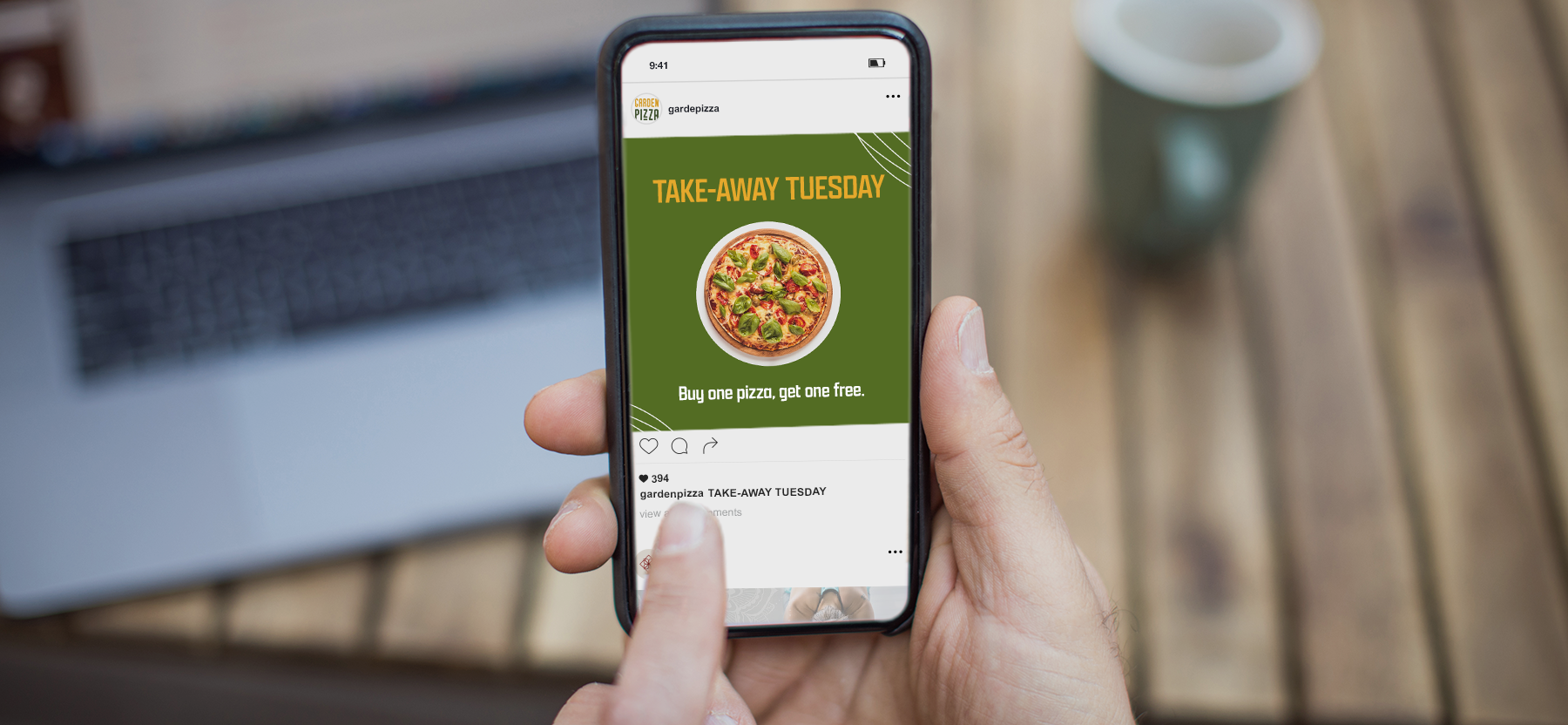Estimated reading time: 4 minutes
Customers are the backbone of any successful small business. As such, if you want your small business to continue to grow and thrive, you need to find a way to connect with your customers and build a community that allows you to foster that connection, and, ultimately, drive business.
Effective marketing is one of the best ways to build that small business community — both online and offline. Online marketing includes any marketing strategies you use to reach your customers digitally, like social media or search marketing. Conversely, any marketing tactics you use to reach customers in the ‘real world’ (like signage, print ads or marketing brochures) are considered ‘offline’ marketing. And you need both to effectively build a community of customers.
So let’s take a look at everything you need to know about using online and offline marketing to build your small business community, foster growth and encourage engagement.
- Keep things consistent from the start.
- Use offline marketing to drive your customers online
- Use online strategies to drive customers into your location.
- Track where customers are coming from — and how they’re engaging.
1. Keep things consistent from the start.
Part of building a small business community is establishing trust — and trust comes from consistency. Creating a consistent experience across your online and offline marketing campaigns will make it easier to hit your marketing goals and will foster a sense of trust with your customers.
Let’s say you’re launching a marketing campaign to promote a new product. Your online and offline ads should have consistent branding — use the same font style and colour palette for everything from social media ads to large-scale signage. This marketing collateral should also have the same focus and objective…maybe directing customers to a specific landing page or exclusive promo code. This way, no matter where, how or when your customers encounter your marketing, everything looks consistent and points them to the same place.
2. Use offline marketing to drive your customers online.
Offline marketing strategies can be an effective way to reach your customers. But if you want your offline marketing campaigns to be extra effective, you’ll want to use them to drive customers online as well.
There are a variety of ways to use offline marketing to drive customers online. For example, if you’re hosting an in-person event, encourage visitors to sign up for your mailing list. Once the event is over, send a follow-up email to your newest subscribers with a special offer or personalised thank you note.
Or, maybe you want to market to in-person customers in a way that encourages them to engage with your business online. Create a fun backdrop at your brick-and-mortar shop or restaurant and encourage customers to snap a picture, post the photo to Instagram and tag your business for a chance to win a giveaway.
VistaPrint Tip
QR codes are one of the most effective ways to leverage offline marketing to drive customers online. If you’re launching a print marketing campaign, make sure to include a QR code on your print materials. This way, all customers have to do is scan the code on their phone to check out your website, social media page or online shop.
3. Use online strategies to drive customers into your location.
The golden rule of marketing is to get customers where they already are — and, chances are, most of your customers are already spending time online. So, market to your customers online and incentivise them to engage with your business offline, too.
Let’s say you’re gearing up to launch a new range of hot drinks at your coffee shop — and you want to get as many customers as possible into your shop to try the new menu. You could use social media to build hype around your new drinks, maybe by sharing a video previewing one new drink each day. Then, the day before your new menu goes live, share an exclusive buy one, get one free code your social followers can use on launch day.
Or, maybe you want to drive online shoppers into your brick-and-mortar retail location. You might add banner ads to your emails or pop-ups to your website promoting deals or products only available in-store.

4. Track where customers are coming from—and how they’re engaging.
Like any marketing campaign, when you’re combining online and offline marketing strategies, you’ll want to measure results — and that means tracking where customers are coming from.
There are a variety of ways you can track this information. For example, add a QR code or custom URL to all of your print materials, like mailshots, flyers and posters. Then, when a customer scans the code or visits the URL, you can track which materials are driving the most customers online. Or, if you’re using social media to drive customers to your shop, create different voucher codes for each social media network or email ad — and then see which platforms are driving the most foot traffic.
Tracking your online and offline marketing efforts will give you invaluable insights into what strategies are working, which aren’t working and how they’re integrating to build your small business community.